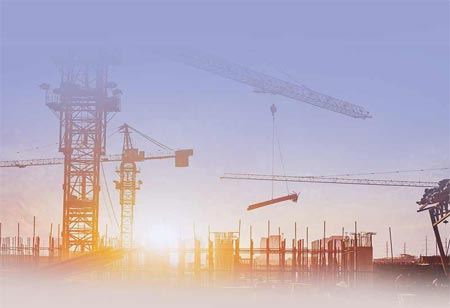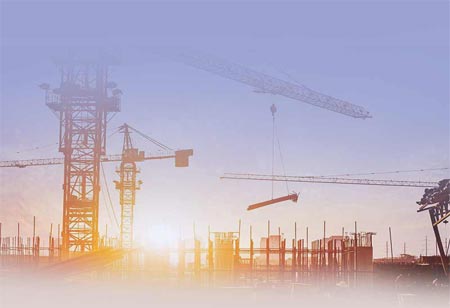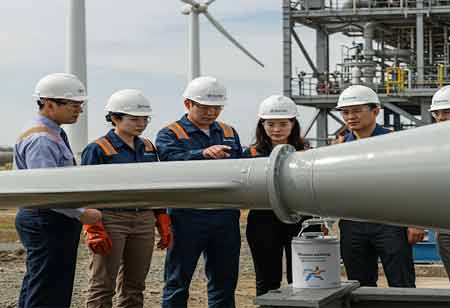Thank you for Subscribing to Construction Business Review Weekly Brief
Specials
- Apartment and Condominium Contractors Canada
- Decking Canada
- Architectural Glass Europe
- MEP APAC
- Construction Saudi Arabia
- German Apartment and Condominium Contractors
- Construction Law APAC
- Outdoor Construction
- Foundation Construction Canada
- MEP Canada
- Kitchen and Bath
- Cold Storage Construction APAC
- Precast Concrete Europe
- Construction Staffing Europe
- Pre-Construction Services
- Flooring System APAC
- Scaffolding Canada
- Swimming Pool Construction Canada
- Construction Management Canada
- Cold Storage Construction Canada
- Flooring Systems Europe
- Residential Construction
- Concrete Canada
- Construction Cladding Europe
- Construction Cladding APAC
- Concretes, Aggregates and Construction Materials APAC
- Concretes, Aggregates and Construction Materials Europe
- Commercial Contractors Europe
- Commercial Contractors APAC
- Dummy
- Construction Insulation, Coating and Waterproofing
- Construction Management APAC
- Landscaping Canada
- Construction Coating Europe
- Construction Tech Startups Europe
- Insulation Services Europe
- Mechanical Contractor Canada
- Mould Remediation and Testing Europe
- Swimming Pool Construction APAC
- Building Sealing Solutions Europe
- Construction Engineering Services
- Mechanical Electrical and Plumbing
- Roofing Systems Europe
- Architectural Glass APAC
- Startups APAC
- Construction Forensic and Owners Representative
- Flooring System
- Waterproofing APAC
- Wall Systems
- Safety and Compliance Europe
- Construction Equipment
- Modular and Prefab Construction
- Architectural Glass
- Construction MENA
- Construction Demolition and Recycling Europe
- Modular Construction Europe
- Construction Interiors
- Steel Building APAC
- HVAC
- Doors and windows
- Modular Construction APAC
- Building Information Modeling APAC
- Sustainable Construction APAC
- Building Restoration and Maintenance
- Commercial Contractors
- Specialty Construction
- Construction Engineering Canada
- Construction Engineering MENA
- Modular Construction Canada
- Construction Demolition Canada
- Roofing and Siding Systems
- Construction Latam
- Construction Staffing
- Roofing Systems APAC
- Construction Consulting
- Steel Building Europe
- Construction Demolition and Recycling APAC
- Safety and Compliance APAC
- Concretes, Aggregates and Construction Materials
- Construction Cladding
Transforming the Future of Prefabricated Construction
Technological advancements and a strong emphasis on sustainability drive the prefabricated construction industry forward. These developments enhance efficiency and enable the industry to meet emerging market demands.

By
Construction Business Review | Wednesday, October 16, 2024
Stay ahead of the industry with exclusive feature stories on the top companies, expert insights and the latest news delivered straight to your inbox. Subscribe today.
Technological advancements and a strong emphasis on sustainability drive the prefabricated construction industry forward. These developments enhance efficiency and enable the industry to meet emerging market demands.
FREMONT, CA: The prefabricated construction industry is undergoing significant transformation, driven by technological advancements, shifting market demands, and a strong focus on sustainability. As stakeholders in the construction sector increasingly recognise the benefits of prefabrication, several key trends are shaping its future.
Modular Design Advantages
Modular construction, a significant subset of prefabricated construction, is experiencing rapid growth. This approach involves fabricating entire sections of a building off-site, which are then transported and assembled on-site. The advantages of modular designs are that they considerably facilitate faster construction times and provide greater flexibility in layout and design. This method allows for streamlined processes that minimise on-site disruptions, making it ideal for various residential, commercial, and industrial applications.
Workforce Shortages Solutions
Prefabricated construction emerges as a viable solution, as manufacturing components in a controlled factory environment can produce high-quality elements with fewer workers. This approach alleviates the impact of labour shortages on construction schedules and enhances productivity. Companies can efficiently manage projects by optimising resource allocation and reducing on-site labour requirements while ensuring timely delivery. Additionally, this method can improve worker safety and reduce overall project costs.





